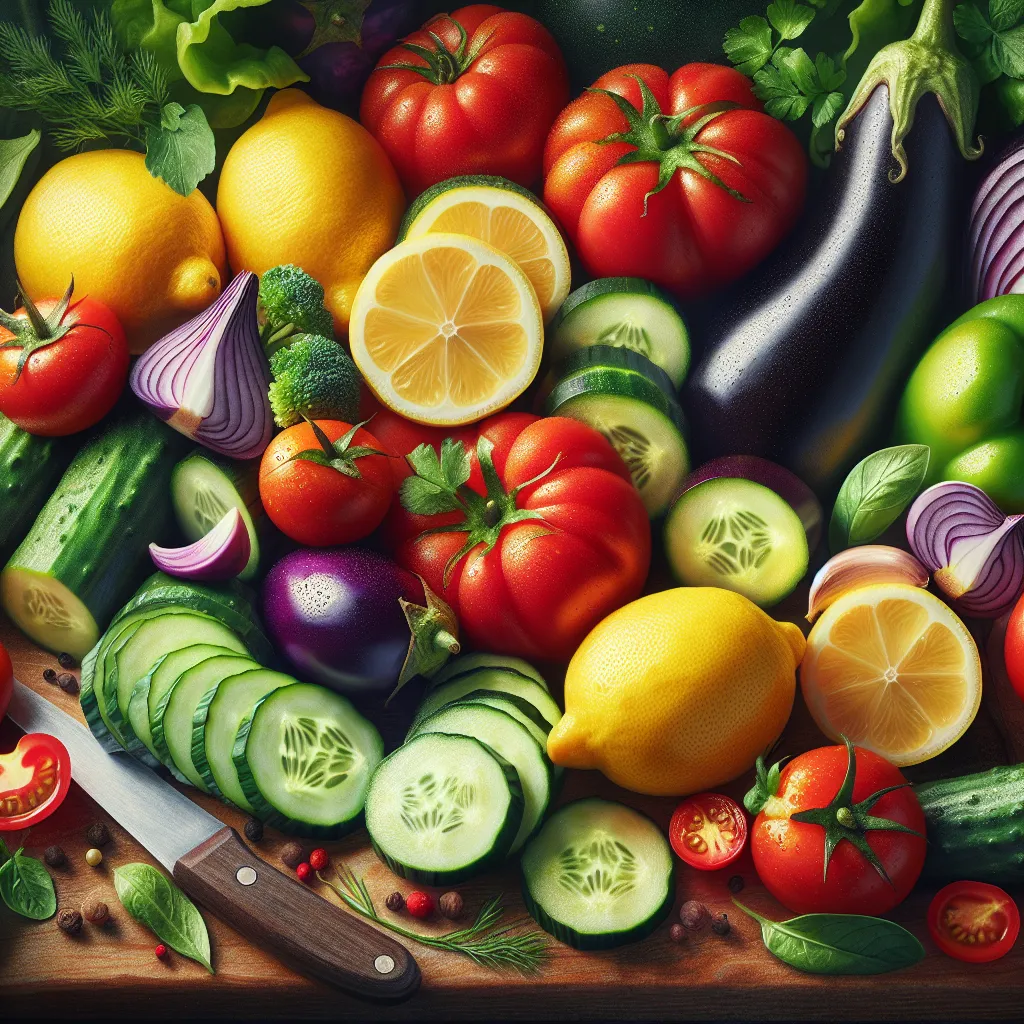Meal Prepping: A Beginner’s Guide
Meal prepping is a great way to save time and ensure that you have healthy meals ready to go throughout the week. It involves planning and preparing your meals ahead of time, which can help you avoid making unhealthy food choices due to time constraints or lack of ingredients. If you’re new to meal prepping, here are some beginner’s tips to help you get started.
First, start by choosing a day of the week to dedicate to meal prepping. This could be on the weekend or a day when you have some free time. Planning your meals for the upcoming week will help you create a grocery list and ensure that you have all the necessary ingredients on hand.
When it comes to meal prepping, it’s essential to focus on balanced, nutritious meals. Include a variety of fruits, vegetables, lean proteins, and whole grains. This will help you create well-rounded meals that provide essential nutrients and energy. Additionally, consider incorporating make-ahead snacks like chopped fruits, yogurt, or homemade energy bars for quick, healthy options.
Next, invest in some quality meal prep containers. Having a selection of containers in various sizes will make it easier for you to portion out your meals and keep them organized. Properly storing your prepped meals will also help extend their shelf life, allowing you to enjoy them throughout the week.
Finally, start with simple recipes and gradually expand your meal prepping repertoire. Look for recipes that are easy to make in large batches and can be stored well. You can also experiment with different flavors and cuisines to keep your meals exciting and diverse.
Meal prepping can be a game-changer for busy individuals looking to maintain a healthy diet. By dedicating some time to planning and preparing meals in advance, you can set yourself up for success and make nutritious eating more convenient and accessible.
Healthy Eating on a Budget: Tips and Tricks
Creating healthy meals while sticking to a budget is a common challenge for many people. However, with some practical tips and tricks, it is possible to maintain a nutritious diet without breaking the bank. One of the key strategies for healthy eating on a budget is to plan your meals in advance. By taking the time to plan a weekly menu, you can make a detailed shopping list, which will help you avoid impulse buys and unnecessary spending.
Another important aspect of healthy meal planning on a budget is to opt for cost-effective ingredients without sacrificing nutritional value. Staples such as beans, lentils, and whole grains are not only affordable but also packed with essential nutrients. Additionally, buying seasonal fruits and vegetables can help you save money while enjoying fresh produce.
Furthermore, cooking in large batches and freezing individual portions can be a great way to save both time and money. By preparing meals in bulk, you can take advantage of bulk discounts and reduce the need for last-minute takeout or convenience foods.
Finally, embracing versatile and budget-friendly ingredients like eggs, canned fish, and frozen vegetables can add variety to your meals without putting a strain on your wallet.
In conclusion, healthy eating on a budget is achievable with careful planning, strategic shopping, and a focus on wholesome, affordable ingredients. By prioritizing nutrient-dense foods and making mindful choices, you can create delicious and nutritious meals while staying within your budget.
Quick and Easy Recipes for Busy Weeknights
When it comes to healthy meal planning and cooking, finding quick and easy recipes for busy weeknights is essential for maintaining a balanced diet. With today’s hectic schedules, it can be challenging to find the time and energy to prepare nutritious meals every day. However, with the right approach and some strategic planning, it’s possible to streamline the cooking process and still enjoy delicious and healthy meals.
One of the best strategies for busy weeknights is to focus on meals that can be prepared in 30 minutes or less. Look for recipes that require minimal prep work and use simple, readily available ingredients. Stir-fries, sheet pan dinners, and one-pot meals are fantastic options for quick and easy cooking. These dishes not only save time on preparation and clean-up, but they also offer plenty of opportunities to incorporate a variety of vegetables, lean proteins, and whole grains.
Another time-saving tip is to embrace leftovers and repurposing ingredients. Cook double batches of grains, proteins, and vegetables to use in different meals throughout the week. For example, grilled chicken can be used in sandwiches, wraps, salads, or quesadillas on different nights, making meal prep a breeze. Additionally, having a well-stocked pantry with canned beans, tomatoes, and pre-made sauces can expedite the cooking process and provide the basis for quick and flavorful meals.
Utilizing kitchen gadgets and appliances can also make cooking on busy weeknights more efficient. Consider using a pressure cooker, slow cooker, or air fryer to speed up the cooking process and minimize hands-on time. These tools can effortlessly transform simple ingredients into delicious, fuss-free meals while allowing you to focus on other tasks or simply unwind after a long day.
In conclusion, incorporating quick and easy recipes into your weekly meal plan is a game-changer for busy individuals striving to maintain a healthy diet. By prioritizing simplicity, versatility, and time-saving techniques, cooking nutritious meals on hectic weeknights can be both achievable and enjoyable.
Mastering Portion Control for a Balanced Diet
Mastering portion control is a crucial aspect of maintaining a balanced and healthy diet. It involves being mindful of the quantity of food we consume to ensure that we are providing our bodies with the right amount of nutrients without overeating. Effective portion control also plays a significant role in weight management and overall well-being. Here are some practical tips to help you master portion control for a balanced diet:
- Use Smaller Plates: Opt for smaller plates to create the illusion of larger portions, which can help in controlling the amount of food you consume.
- Be Mindful of Serving Sizes: Familiarize yourself with standard serving sizes to avoid over-serving food, especially high-calorie options like pasta, rice, and meats.
- Fill Half Your Plate with Veggies: Prioritize vegetables as they are low in calories and high in nutrients. By filling half your plate with veggies, you can naturally reduce the space for larger portions of calorie-dense foods.
- Avoid Eating Straight from the Container: Whether it’s a bag of chips or a carton of ice cream, avoid eating directly from the container. Instead, portion out your serving and put the container away to resist the temptation of overeating.
- Use Your Hand as a Guide: A simple and convenient way to estimate portion sizes is by using your hand. For example, a serving of protein should be about the size and thickness of your palm, while a serving of fats or oils should be approximately the size of your thumb.
- Practice Slow and Mindful Eating: Eating slowly and savoring each bite can help your body recognize when it’s full, preventing overeating. It takes about 20 minutes for your brain to register that you are full, so take your time during meals.
By mastering portion control, you can enjoy a well-balanced diet while effectively managing your weight and promoting overall health.




